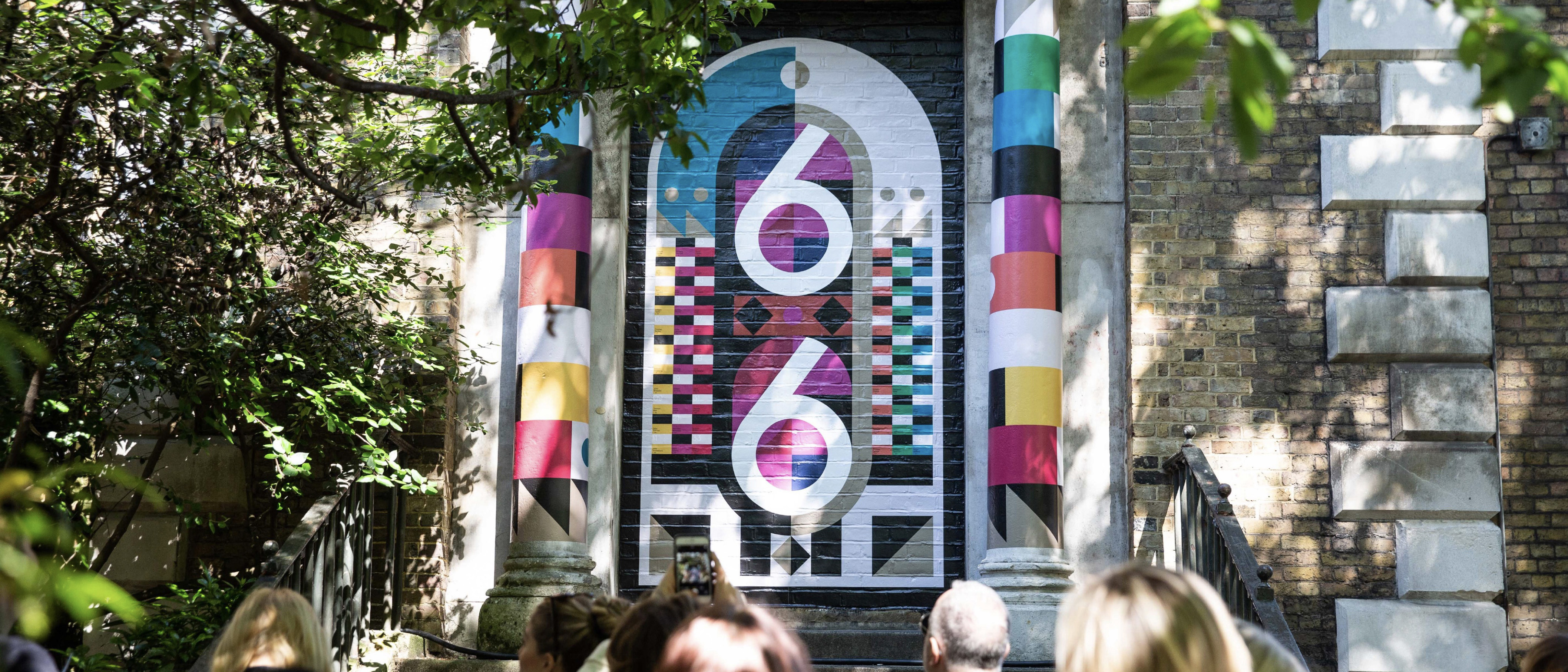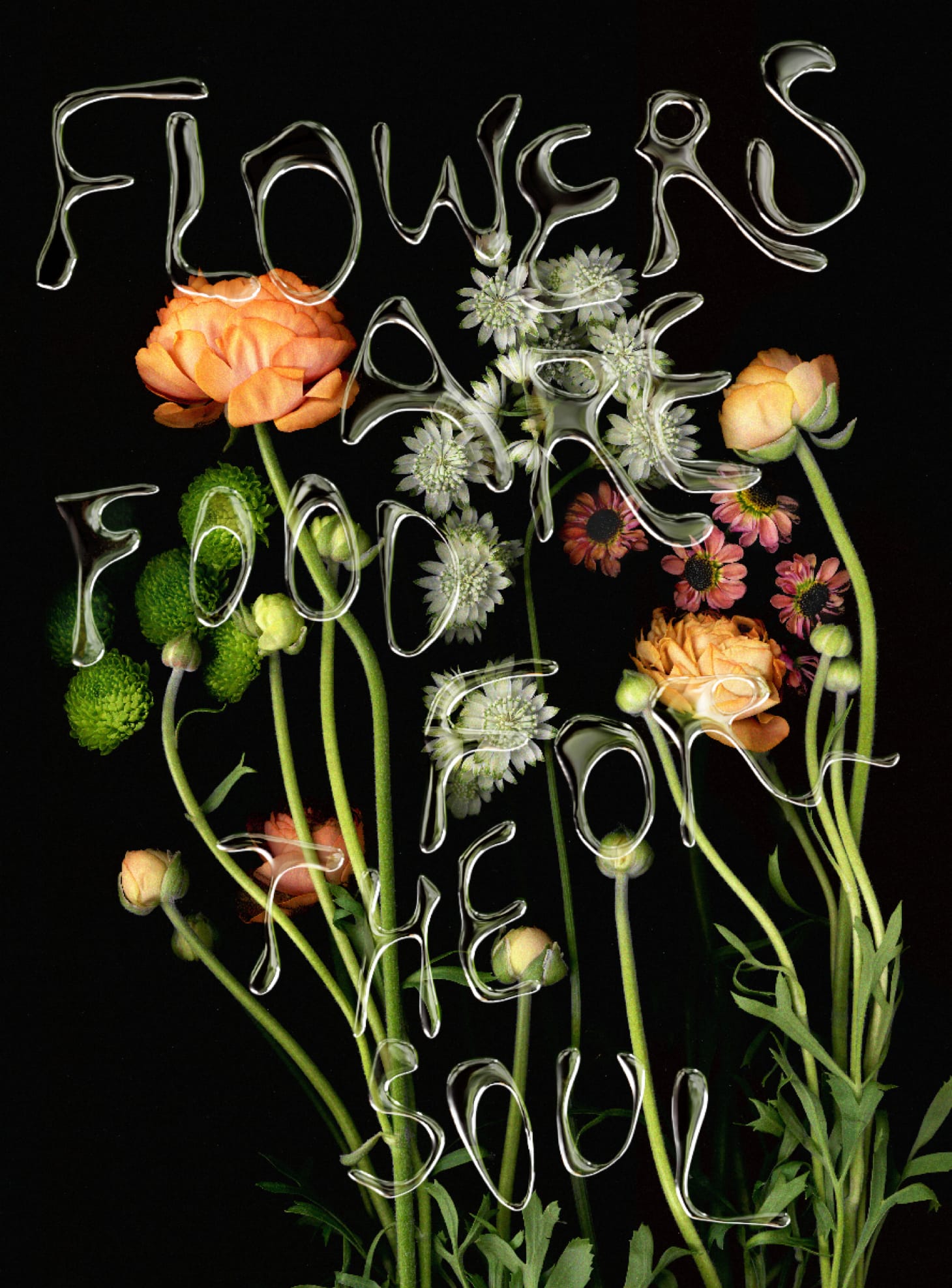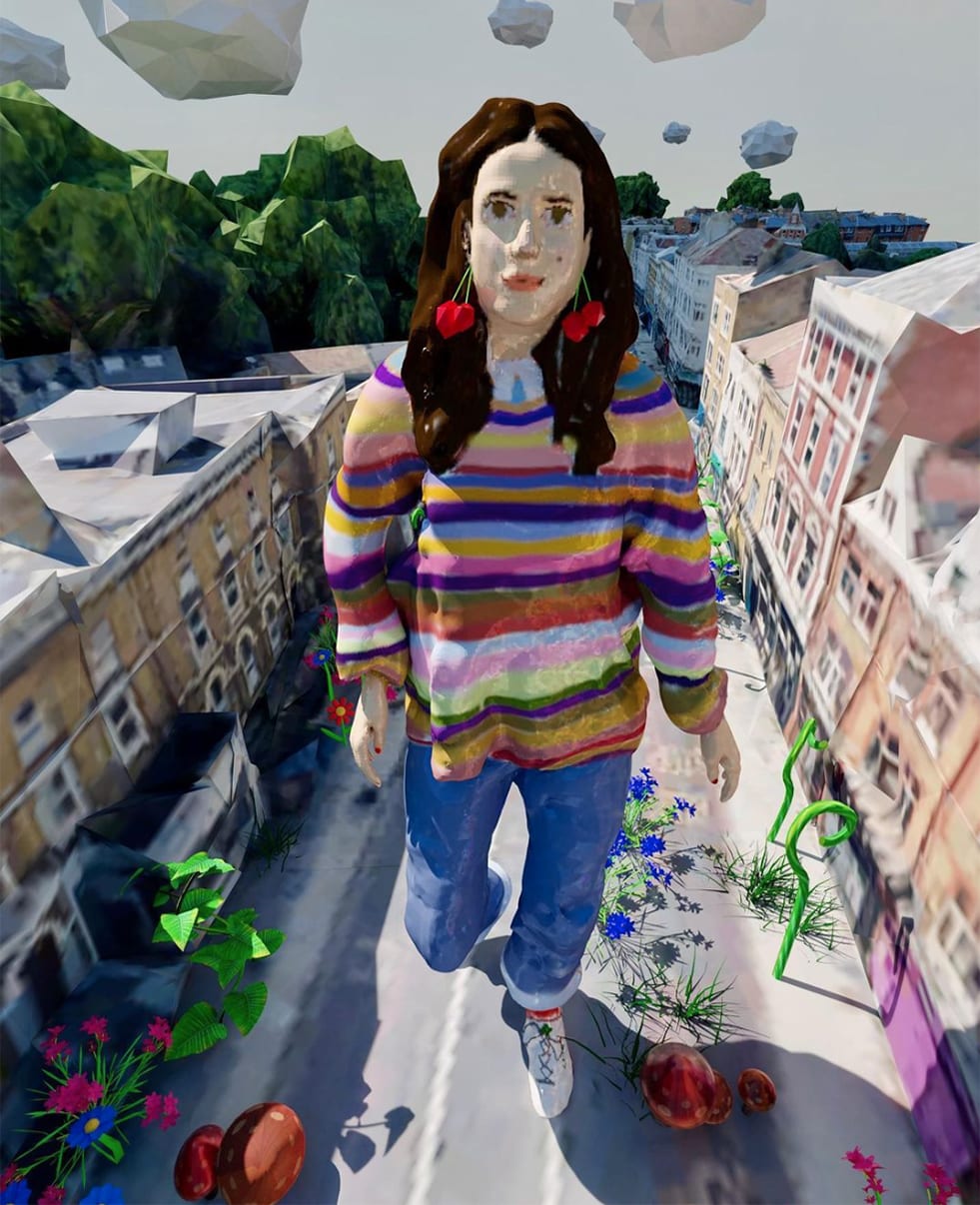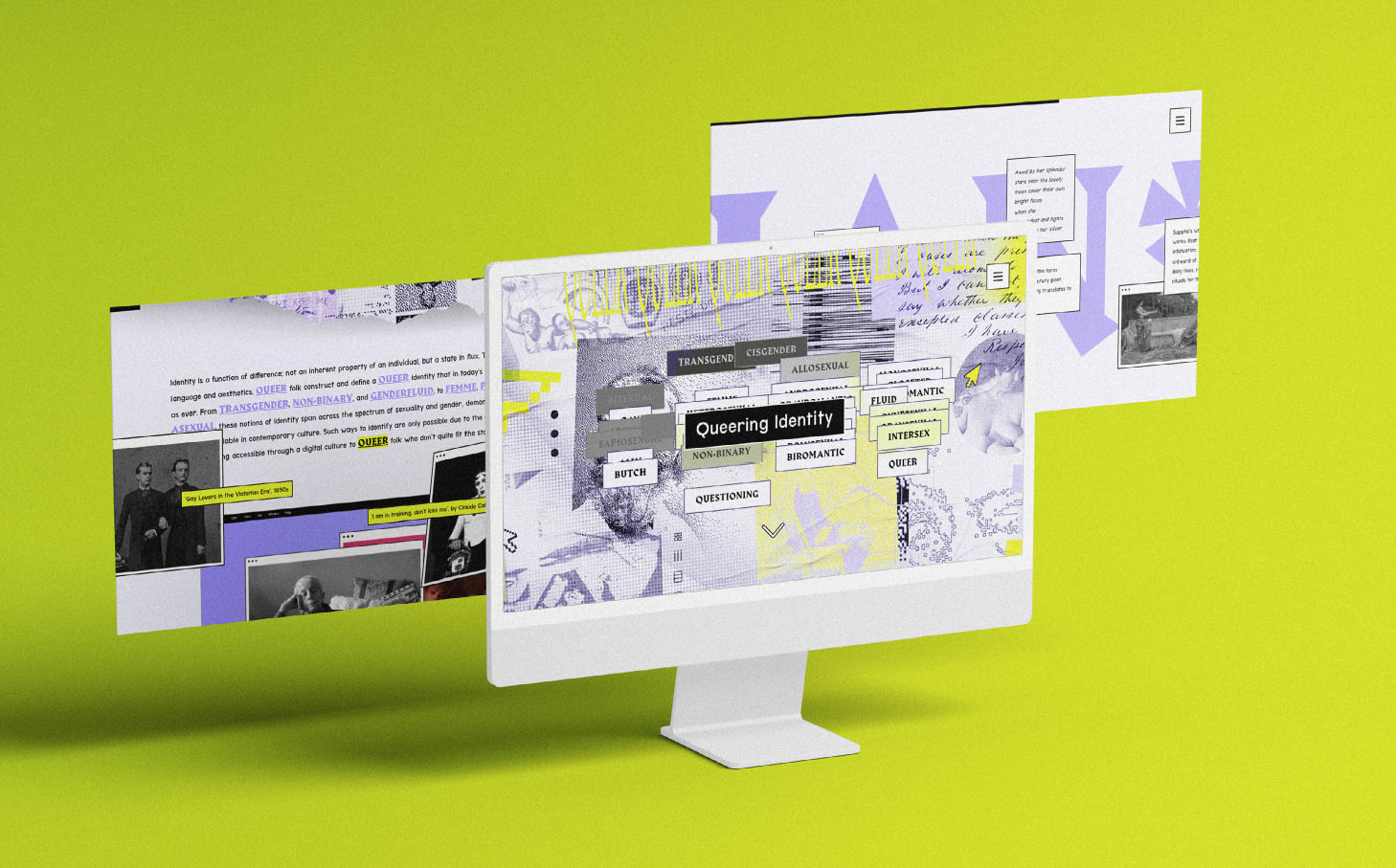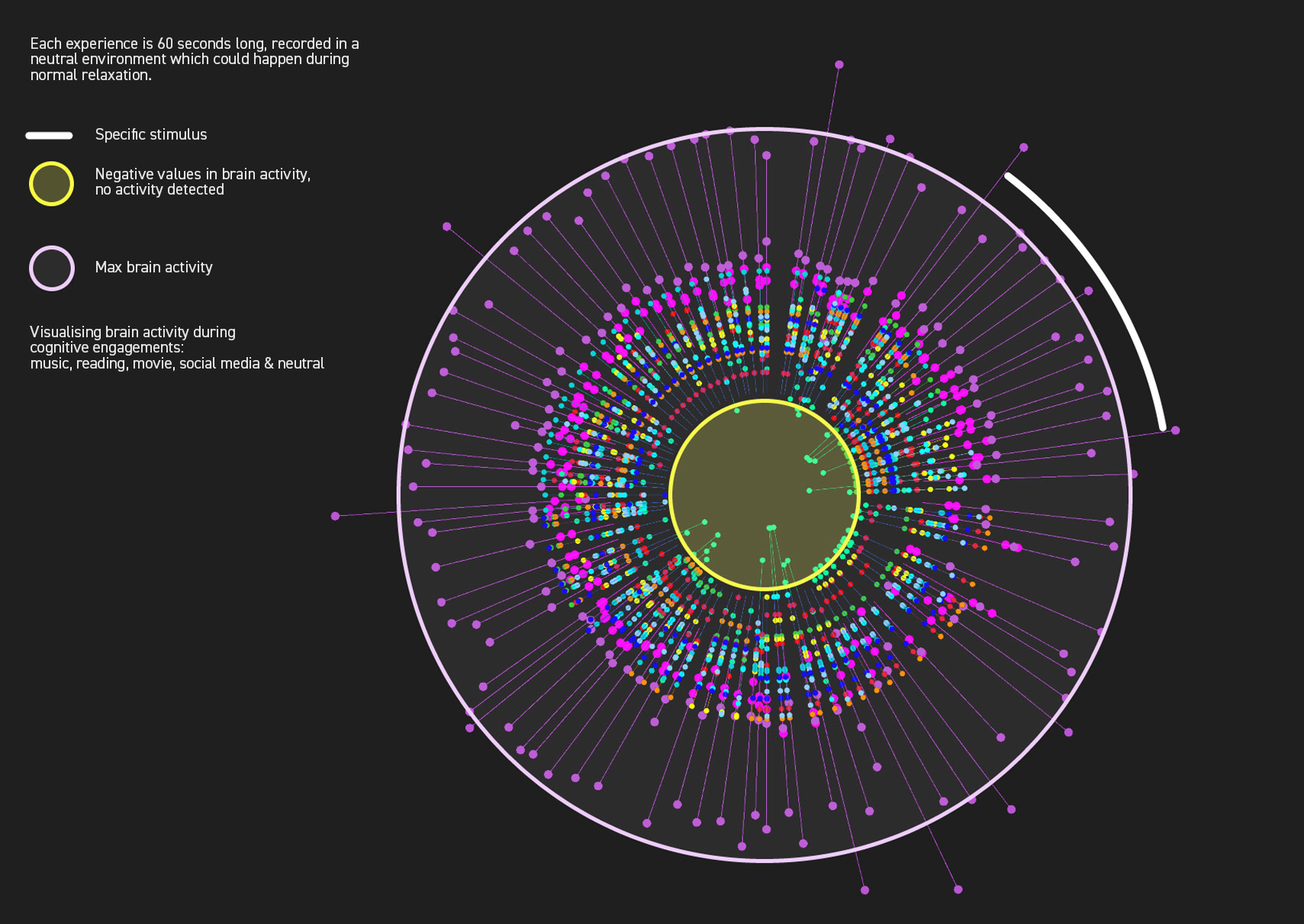Course units
Year 1
Unit 1 - An introduction to graphic design communication
This unit is an introduction to your course, the College and the University. You’ll explore the basic principles of graphic design communication and develop skills in independent and collaborative learning, reflection and self-development.
Unit 2 - The designer’s toolset
Building on concepts introduced in Unit 1, this unit focuses on the key tools used by graphic designers. During practical workshops, you’ll be set project briefs that introduce you to different design approaches. You’ll also explore the evolution of graphic design communication from traditional analogue methods to digital technologies.
Unit 3 - The designer’s voice
This unit focuses on the designer’s point of view. You’ll explore your individual voice, learning how to express it through your design practice. Technical workshops will teach you to decode and communicate information through sequencing and narratives. Lectures will focus on contemporary and historical contexts of graphic design communication.
Unit 4 - The designer’s choice
This unit focuses on you as a designer, your skills and your choices. Set projects will enable you to craft, refine and test your creative practice. Technical workshops will give you an insight into studio practice and culture.
Year 2
Unit 5 - Strategic and creative practice
This unit introduces you to strategic and creative practice. You’ll learn how to make creative decisions based on the needs of an audience or client. This will teach you how to manage a professional brief within tight creative, time and material constraints. You’ll also learn about brand strategy and creation.
Unit 6 - Collaborative and collective practices
You will be introduced to different ways in which collaborative working can help you to focus and enhance your own creative strengths. You’ll have the chance to work with fellow students and creative communities.
Unit 7 - Experimental practice
On this unit, you’ll experiment with traditional and digital design techniques. This will help you develop an interdisciplinary creative practice. You’ll continue to explore historical and contemporary culture through a creative lens. This will help you establish yourself as a flexible practitioner in contemporary professional contexts.
Unit 8 - Building a personal practice
In this unit, you’ll further develop and establish your practice. You’ll identify the themes you want to work on, the design languages you want to use and the audience(s) you want to address. You’ll also develop an understanding of your role and responsibility as a designer in society.
Year 3
Unit 9 - Enquiry and reaction
On this unit, you’ll start to develop a proposal project based on a contemporary theme or argument related to your practice. You’ll attend workshops and undertake research tasks to develop and expand upon your proposal. You’ll also be expected to consider how your proposal meets the changing needs of society.
Unit 10 - Expressing your practice
During this unit, you’ll continue to develop your self-proposed project. You’ll expand upon your research, developing your ideas related to your chosen theme or contemporary argument. As part of the course, your project will be submitted in a national design competition. You’ll also build vital employability and networking skills.
Optional Diploma between Years 2 and 3
Between Years 2 and 3 of the course, you’ll also have the opportunity to undertake one of the following additional UAL qualifications:
Diploma in Professional Studies (DPS)
This optional diploma can be taken between years 2 and 3. With support from your tutors, you’ll undertake an industry placement for a minimum of 100 days/20 weeks. As well as developing industry skills, you’ll gain an additional qualification upon successful completion.
Diploma in Creative Computing
Between years 2 and 3, you can undertake the year-long Diploma in Creative Computing. This will develop your skills in creative computing alongside your degree. After successfully completing the diploma and your undergraduate course, you’ll graduate with an enhanced degree: BA (Hons) Graphic Design Communication (with Creative Computing).
